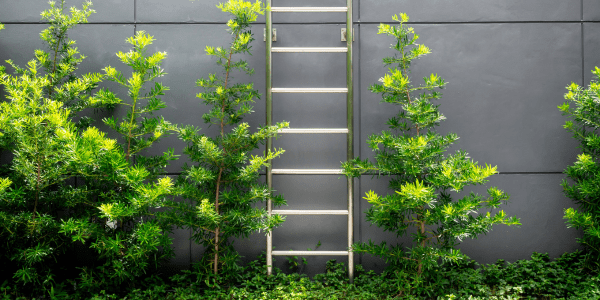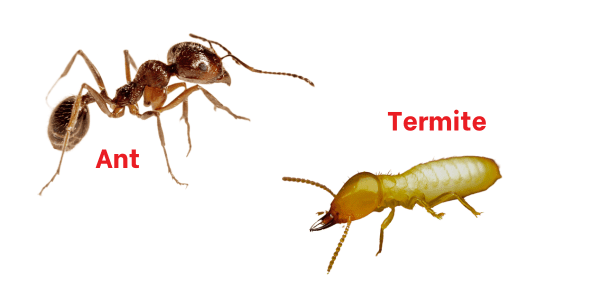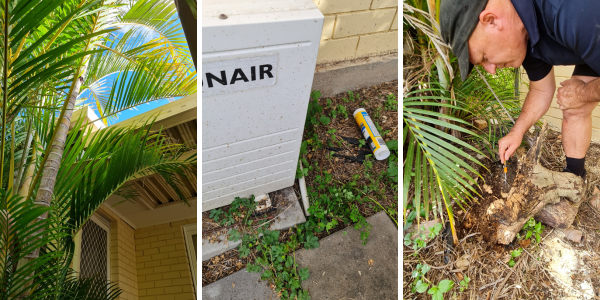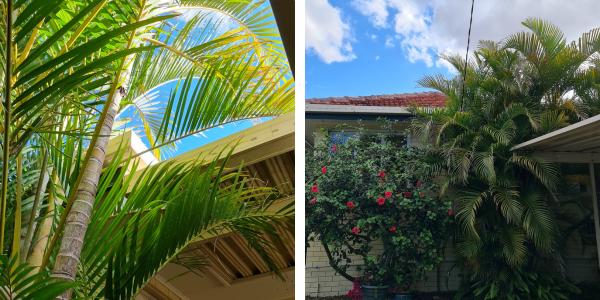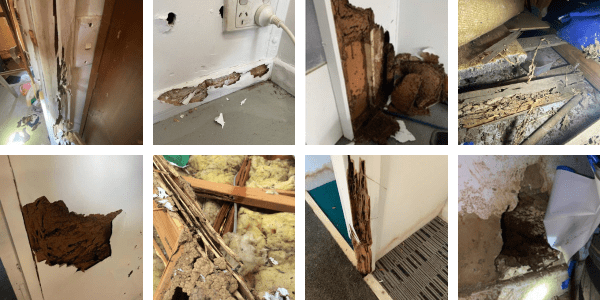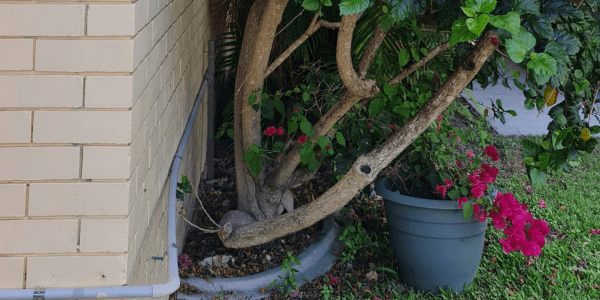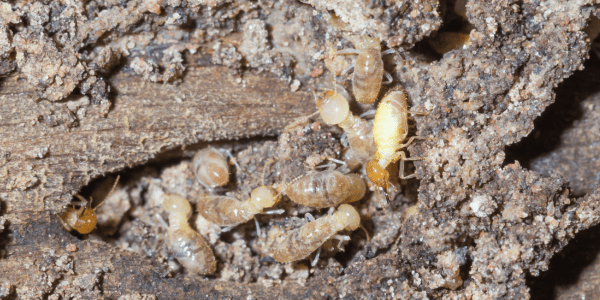Getting A Termite Inspection For Your Garden
Don't let termites move from your garden to your home
Termites or white ants in garden beds are a very real threat to your home. Before you know it, they move from your garden to your home. That's why it's important to know the risk of termites and how to protect yourself.
Termites and white ants - what is the difference?
Many people wonder about the difference between white ants and termites. In truth, termites and white ants are the same thing.
If someone points out white ants in garden areas around their home, those are actually termites. The name “white ant” is a misnomer. Termites are not ants at all and are more closely related to cockroaches.
Many people often mistake termites for ants because of their similar appearance and small size. However, there are several characteristics you can use to identify termites.
For one thing, termites are much lighter in appearance, usually looking white or creamy coloured. Meanwhile, most worker ants are reddish, black or brown.
They are also a different shape.
Ants have a “waist” in the middle that separates the thorax from the abdomen. Termites have a more rectangular appearance and a thicker waist.
Furthermore, termites also have antennae that are straighter compared to ants, whose antennae are more bent.
Termites and gardens
Termites feast on wood as part of their diet. Many people are conscious of the risk that termites pose to their homes including to wooden frames and furniture.
However, the risk they pose to your garden can be just as serious.
Termites will often make nests in gardens, as there is plenty of wood to find in these areas.
Without a termite inspection from a qualified professional, they can be hard to find. That's why its important to make sure your next termite check includes a termite inspection for garden.
The risks of termites in gardens
Falling trees
It is no secret that termites eat wood as part of their diets. As such, they can often be found in trees. Termites will eat away at the inside of a tree, slowly hollowing it out over time.
A termite infested tree is thus less stable and more at risk of being blown over by strong winds and other environmental factors.
A falling tree could potentially harm or kill a passerby or do major damage to your property if it lands on the building.
Infestation moves from garden to house
If termites build a nest in your home, there is very little chance they will stay there.
Instead, they are likely to move to other sources of wood nearby. Unfortunately, often this means they will move to your home.
Garden touching property
It is far easier for termites to infest your home if your garden bed is touching parts of the home.
Not only will it position them closer to your home, but gardens also need to be watered. This increases the amount of moisture in the ground.
As termites thrive on moisture, this creates a better environment for them.
Tree overhanging roof
Trees located too close to your home also presents an opportunity for termites to invade your home.
When branches touch your roof or gutter, a path is created for termites to walk on and get into the roof cavity.
The importance of inspections
If left undected, termites can cause significant structrual damage to a property. In fact, it is estimated that termites cause more damage to Australian properties than floods, storms and fire. That's why it's so important to have your home and garden checked annually for termites.
A termite inspection can reveal evidence of a termite infestation around your home and in your garden. After your termite inspection, you will be able to take steps to protect your home.
How to protect your garden
You can take several steps to protect your home from a termite infestation that might originate from your garden.
Move the garden away from the house
If you are able, you should move your garden away from the walls of your home.
This distance will make it more difficult for termites to enter your property.
Regularly tend to trees
You should also ensure your trees are well looked after. Keep any overhanging branches trimmed back so termites cannot walk along them and enter your roof.
Furthermore, it is far easier for termites to eat through dead, decaying wood than the wood of a healthy tree.
Thus, you should remove any dead trees or stumps from your garden as soon as possible.
What to do if you find termites in your garden?
If you think you might have termites, it’s very important not to disturb them! Termites are shy, elusive creatures that will go to ground and likely reappear in another location. If termites are in your garden or on your fence, you need to get them treated to kill the nest.
If you have accidentally exposed them, cover them back up and call a licensed pest inspector as soon as you can. They will be able to treat the termites and provide you with recommendations for prevention.
Contact us today
At Dedant, we provide quality annual timber pest inspections and termite treatment and management. We have been servicing Brisbane, Redland Bay, Moreton Bay, Gold Coast, the Scenic Rim, Sunshine Coast, Ipswich and Logan since 2009.
Contact us on 07 3807 0122 or via our website.

